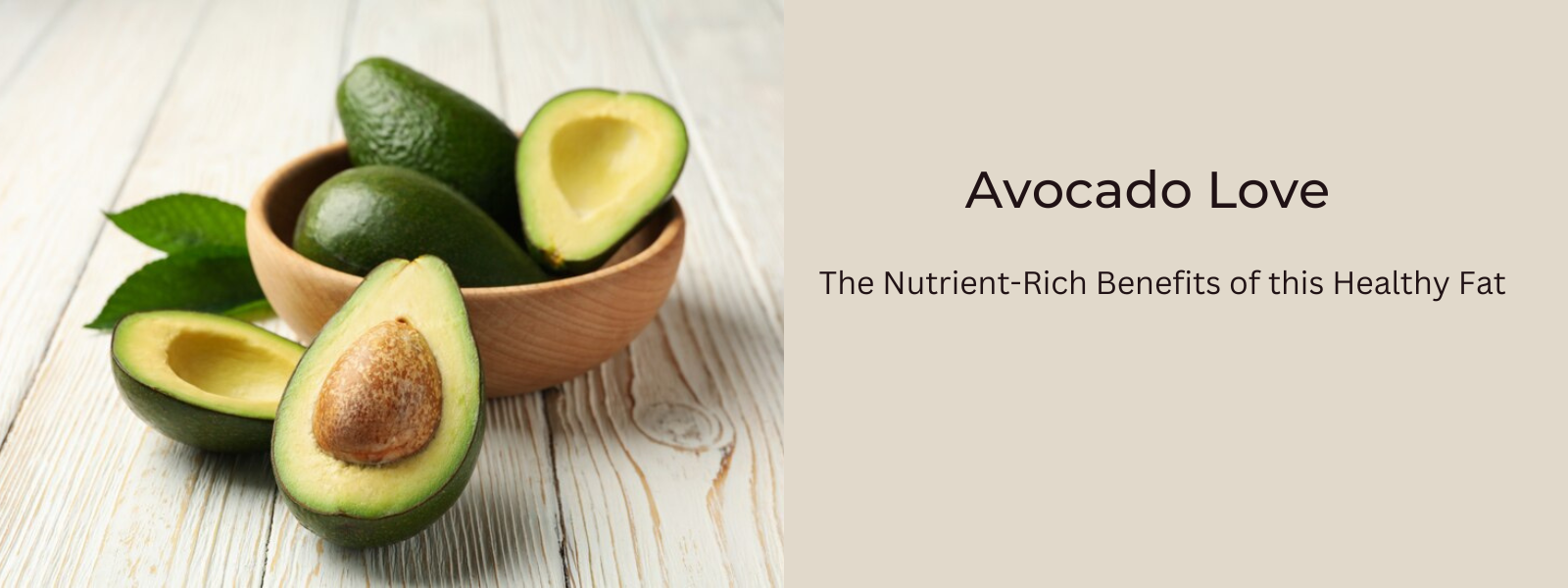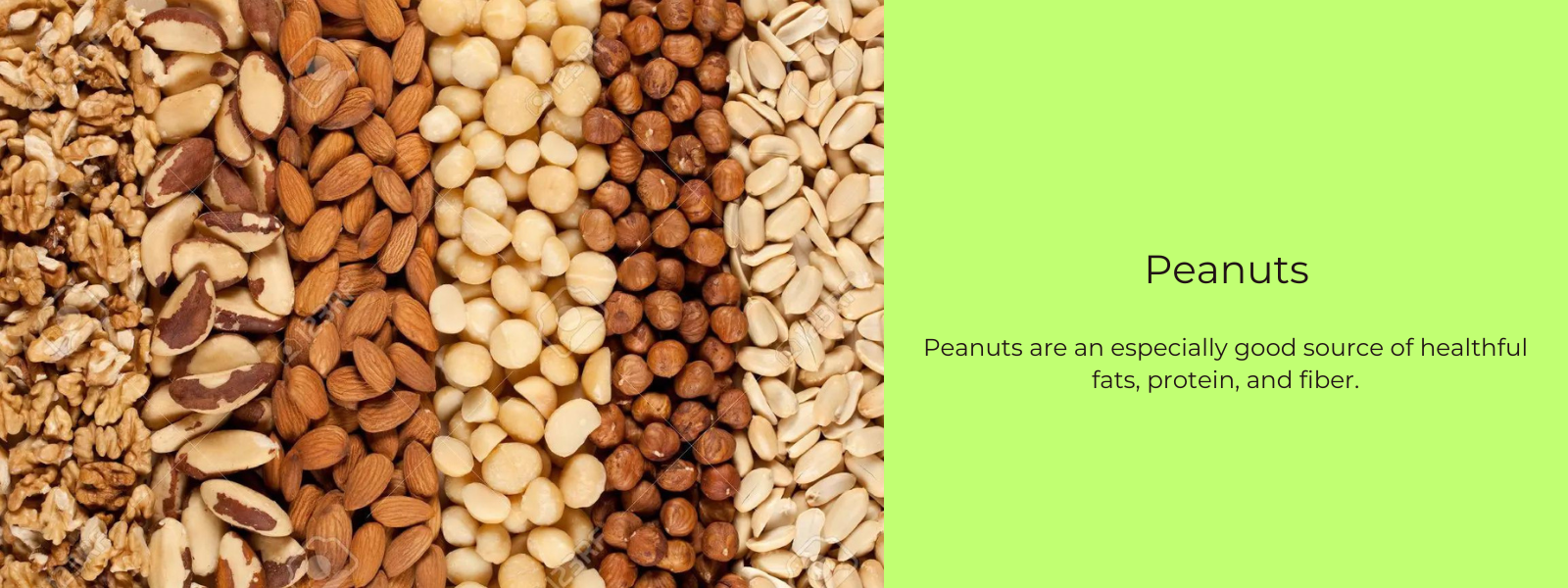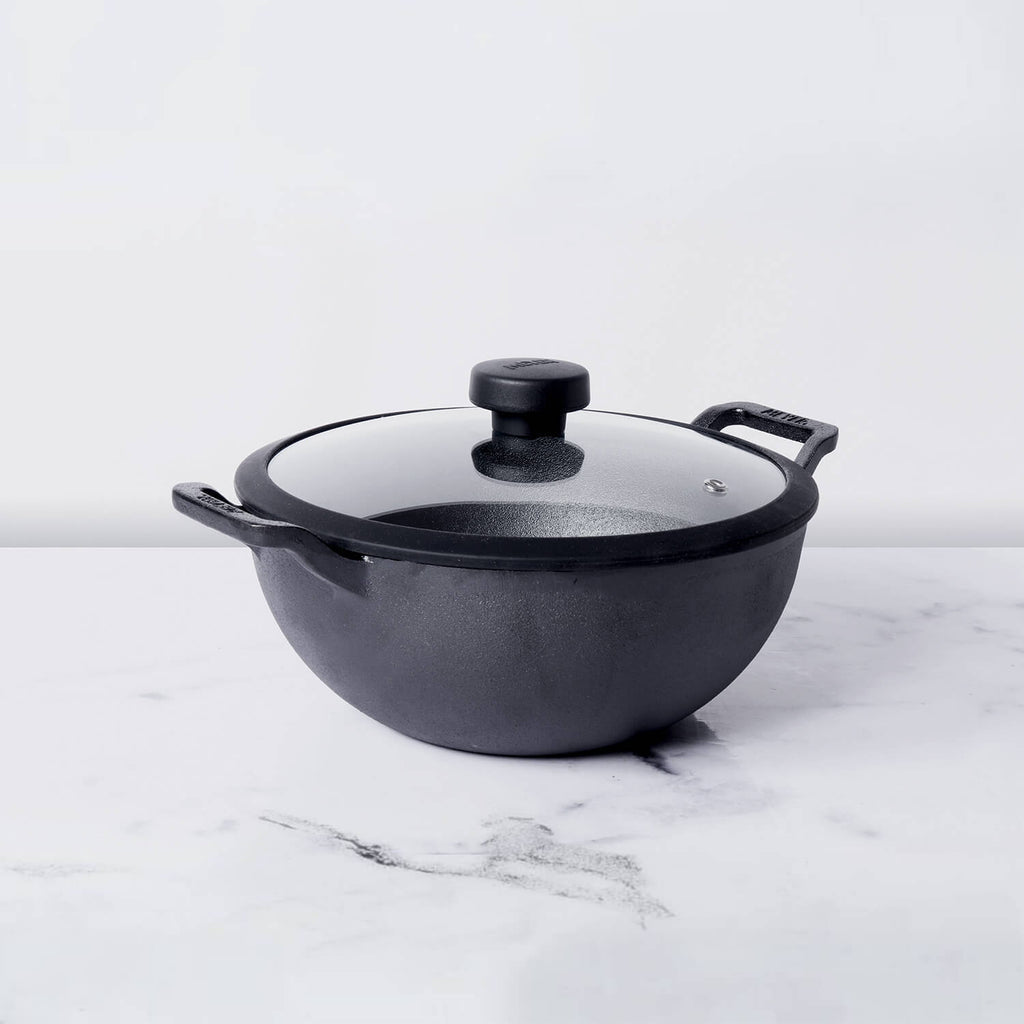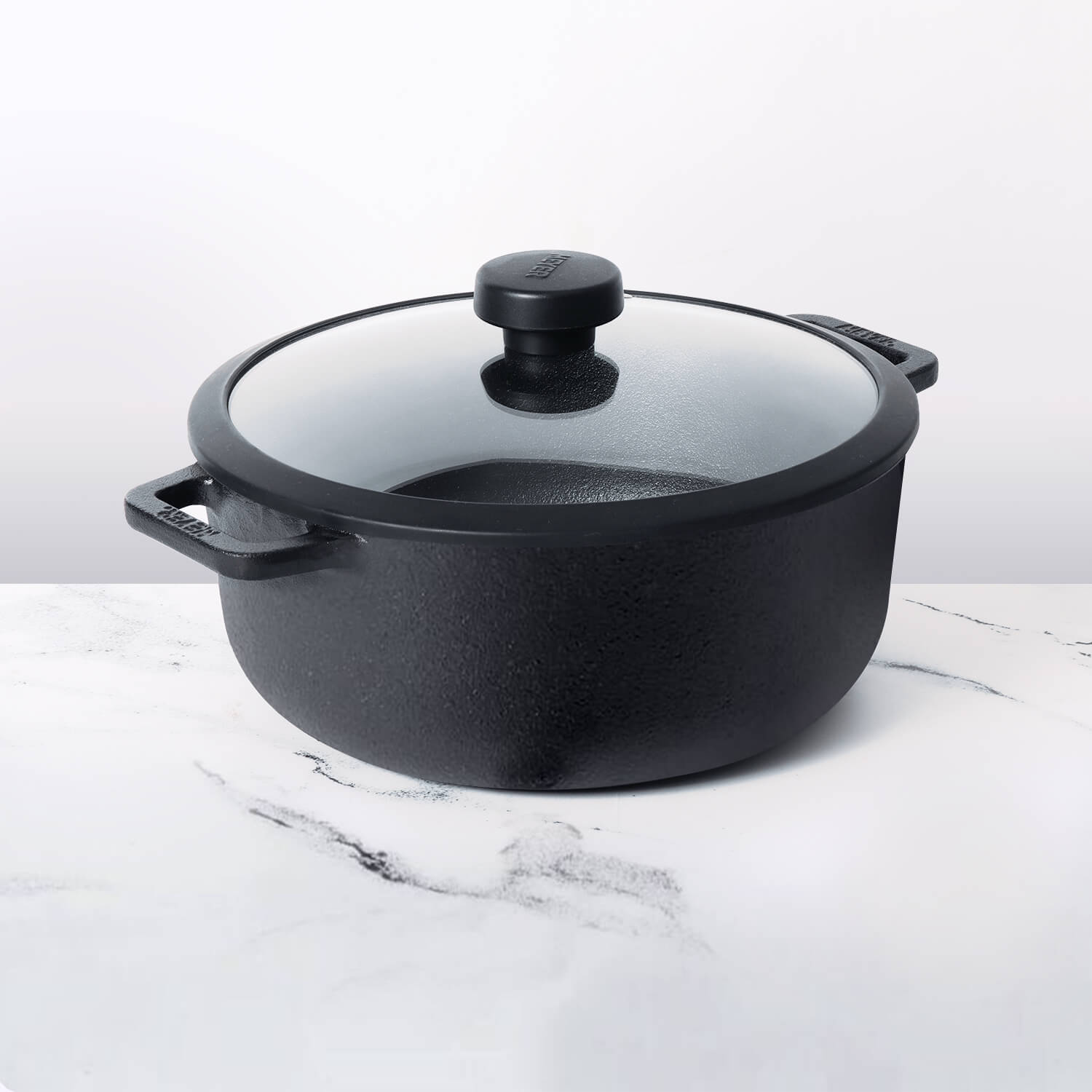Nuts and seeds are nutrient-rich foods that provide a delicious and crunchy way to incorporate healthy fats into your diet. They are packed with monounsaturated and polyunsaturated fats, including omega-3 fatty acids, which offer numerous health benefits such as supporting heart health, brain function, and weight management. Additionally, nuts and seeds are rich in protein, fiber, vitamins, minerals, and antioxidants, making them a nutritious addition to meals and snacks. Incorporating a variety of nuts and seeds into your diet, such as almonds, walnuts, pistachios, chia seeds, flaxseeds, and pumpkin seeds, can help increase your intake of healthy fats while providing essential nutrients. Enjoy nuts and seeds as a convenient snack on their own, sprinkle them over salads, yogurt, or oatmeal, or use them as ingredients in recipes for added flavor, texture, and nutritional value. By incorporating nuts and seeds into your daily eating pattern, you can enhance your overall health and well-being while satisfying your taste buds with their satisfying crunch and delicious flavors.
Table of Contents
- 1. Nuts and Seeds Are A Crunchy Way to Incorporate Healthy Fats:
- 2. Popular Nuts And Seeds Filled With Healthy Fats:
- 3. Importance Of Healthy Fats Found In Nuts And Seeds:
- 4. Are All Nuts And Seeds Equally Healthy?
- 5. Frequency And Quantity Of Nuts And Seeds Consumption:
- 6. Best Ways To Include Nuts And Seeds Into Daily Diet:
Nuts and Seeds Are A Crunchy Way to Incorporate Healthy Fats:
Nuts and seeds offer a crunchy and satisfying way to incorporate healthy fats into your diet. These nutrient-rich foods are packed with monounsaturated and polyunsaturated fats, including omega-3 fatty acids, which are essential for heart health, brain function, and overall well-being. Their crunchy texture makes them a convenient and enjoyable snack option that can be enjoyed on their own or combined with other foods. Whether you're munching on almonds, walnuts, pumpkin seeds, or chia seeds, each bite provides a satisfying crunch along with a dose of beneficial fats. Additionally, nuts and seeds are versatile ingredients that can be added to salads, yogurt, oatmeal, smoothies, and baked goods to add flavor, texture, and nutritional value. By incorporating nuts and seeds into your diet, you can easily boost your intake of healthy fats while enjoying their satisfying crunch and delicious taste.
Popular Nuts And Seeds Filled With Healthy Fats:
Several nuts and seeds are filled with healthy fats, making them excellent additions to a balanced diet. Some of the top nuts and seeds known for their healthy fat content include:
- Almonds: Almonds are rich in monounsaturated fats, particularly oleic acid, which is beneficial for heart health. They also contain a good amount of polyunsaturated fats, including omega-3 fatty acids, which contribute to their overall nutritional value.
- Walnuts: Walnuts are unique among nuts because they are particularly high in alpha-linolenic acid (ALA), an essential omega-3 fatty acid. Consuming walnuts regularly may help improve heart health, brain function, and inflammation levels.
- Pistachios: Pistachios are a good source of monounsaturated and polyunsaturated fats, including gamma-linolenic acid (GLA), which has anti-inflammatory properties. They also provide fiber, protein, and various vitamins and minerals.
- Pumpkin Seeds: Pumpkin seeds, also known as pepitas, are rich in monounsaturated and polyunsaturated fats, including omega-3 and omega-6 fatty acids. They are also a good source of protein, fiber, iron, magnesium, and zinc.
- Chia Seeds: Chia seeds are packed with healthy fats, particularly alpha-linolenic acid (ALA), which is an essential omega-3 fatty acid. They also provide fiber, protein, antioxidants, and various vitamins and minerals.
- Flaxseeds: Flaxseeds are another excellent source of ALA omega-3 fatty acids, along with monounsaturated and polyunsaturated fats. They are also rich in lignans, which have antioxidant and anti-inflammatory properties.
- Hemp Seeds: Hemp seeds are rich in healthy fats, including omega-3 and omega-6 fatty acids, in an optimal ratio for human health. They also provide protein, fiber, and various vitamins and minerals.
Importance Of Healthy Fats Found In Nuts And Seeds:
The healthy fats found in nuts and seeds play a crucial role in supporting overall health and well-being. Here are some key reasons why these fats are important:
- Heart Health: Monounsaturated and polyunsaturated fats, the predominant types of healthy fats found in nuts and seeds, have been shown to improve heart health by reducing levels of LDL cholesterol (the "bad" cholesterol) and triglycerides, while increasing levels of HDL cholesterol (the "good" cholesterol). This helps lower the risk of heart disease, heart attacks, and strokes.
- Brain Function: Omega-3 fatty acids, such as alpha-linolenic acid (ALA) found in flaxseeds, chia seeds, and walnuts, are essential for optimal brain function. These fats are important structural components of brain cell membranes and are involved in neurotransmitter function, which supports cognitive function, memory, and mood regulation.
- Weight Management: Despite being calorie-dense, the healthy fats found in nuts and seeds can actually aid in weight management. They promote satiety and help control appetite, reducing the likelihood of overeating and snacking between meals. Including nuts and seeds in the diet can contribute to a feeling of fullness, making it easier to adhere to a calorie-controlled diet.
- Inflammation Reduction: Omega-3 fatty acids, in particular, possess anti-inflammatory properties that help reduce inflammation throughout the body. Chronic inflammation is linked to various health conditions, including heart disease, diabetes, and autoimmune diseases. Consuming foods rich in omega-3s, such as flaxseeds, chia seeds, and walnuts, may help lower inflammation levels and reduce the risk of chronic diseases.
- Nutrient Absorption: Healthy fats play a crucial role in the absorption and utilization of fat-soluble vitamins (A, D, E, and K) and other fat-soluble nutrients. Including nuts and seeds in meals can enhance the absorption of these vitamins, ensuring optimal nutrient uptake and utilization by the body.
- Skin Health: The healthy fats found in nuts and seeds help maintain skin barrier function, hydration, and elasticity. They also have anti-inflammatory properties that can help reduce skin inflammation and irritation. Consuming these fats as part of a balanced diet may promote healthy, glowing skin and reduce the risk of skin conditions such as acne and eczema.
Are All Nuts And Seeds Equally Healthy?
While all nuts and seeds offer various health benefits, they do differ slightly in terms of their nutritional profiles. Here are some factors to consider when comparing the healthfulness of different nuts and seeds:
- Fatty Acid Composition: Nuts and seeds contain different types and proportions of healthy fats, including monounsaturated fats, polyunsaturated fats, and omega-3 fatty acids. For example, walnuts are particularly high in omega-3 fatty acids, while almonds are rich in monounsaturated fats.
- Protein Content: While nuts and seeds are generally good sources of plant-based protein, some varieties may contain slightly more protein per serving than others. For example, peanuts and almonds are relatively high in protein compared to other nuts.
- Fiber Content: Nuts and seeds are excellent sources of dietary fiber, which is important for digestive health, weight management, and blood sugar control. Some nuts and seeds, such as almonds and chia seeds, are particularly high in fiber.
- Micronutrient Content: Different nuts and seeds may vary in their micronutrient content, including vitamins, minerals, and antioxidants. For example, pumpkin seeds are rich in zinc and magnesium, while sunflower seeds are high in vitamin E.
- Calorie Density: While nuts and seeds are nutrient-dense foods, they are also calorie-dense due to their high fat content. Some nuts, such as macadamia nuts and pecans, are higher in calories and fat than others. Moderation is key when consuming nuts to avoid excess calorie intake.
Frequency And Quantity Of Nuts And Seeds Consumption:
The frequency and quantity of nuts and seeds consumption can vary depending on individual dietary needs, preferences, and health goals. However, here are some general guidelines to consider:
- Moderation: Nuts and seeds are nutrient-dense foods, but they are also calorie-dense due to their high fat content. Therefore, it's essential to consume them in moderation to avoid excess calorie intake. A recommended serving size is typically about 1 ounce or a small handful of nuts or seeds, which provides approximately 160-200 calories, depending on the type.
- Daily Consumption: Including a small serving of nuts or seeds in your daily diet can provide a range of nutrients and health benefits without contributing excessive calories. Consuming them regularly has been associated with a reduced risk of heart disease, improved cholesterol levels, and better weight management.
- Variety: Incorporate a variety of nuts and seeds into your diet to benefit from their different nutrient profiles. Include almonds, walnuts, pistachios, peanuts, cashews, pumpkin seeds, sunflower seeds, chia seeds, flaxseeds, and others to obtain a wide range of healthy fats, protein, fiber, vitamins, and minerals.
- Snacking: Nuts and seeds make convenient and satisfying snacks between meals. Enjoy a small handful of nuts or seeds on their own, or combine them with dried fruit, yogurt, or whole-grain crackers for a balanced snack.
- Meal Additions: Use nuts and seeds as ingredients in meals and recipes to add flavor, texture, and nutritional value. Sprinkle chopped nuts or seeds on salads, oatmeal, yogurt, or stir-fries, or use nut butter as a spread on toast or in smoothies.
- Consideration of Calories: Be mindful of portion sizes and total calorie intake when consuming nuts and seeds, especially if you're trying to manage your weight. While they offer numerous health benefits, consuming them in excess can contribute to weight gain if not balanced with other aspects of your diet.
- Individual Needs: Adjust your nut and seed consumption based on your individual dietary needs, preferences, and health goals. Some people may need to limit their intake of certain nuts or seeds due to allergies or intolerances, while others may benefit from including them more frequently in their diet.
Best Ways To Include Nuts And Seeds Into Daily Diet:
Incorporating nuts and seeds into your diet is not only delicious but also a great way to boost your intake of healthy fats, protein, fiber, vitamins, and minerals. Here are some creative and nutritious ways to incorporate nuts and seeds into your daily meals and snacks:
- Snack on Raw Nuts: Enjoy a handful of raw nuts such as almonds, walnuts, or
- cashews as a quick and satisfying snack between meals. Keep a small portion in a resealable bag or container for convenient snacking on the go.
- Add to Breakfast Foods: Sprinkle chopped nuts or seeds over your morning oatmeal, yogurt, or cereal for added crunch, flavor, and nutritional value. You can also blend nuts or seeds into smoothies for extra creaminess and protein.
- Make Nut Butter: Blend nuts such as almonds, peanuts, or cashews in a food processor until smooth to make homemade nut butter. Enjoy it as a spread on toast, fruit slices, or crackers, or use it as a dip for vegetables.
- Top Salads and Soups: Add a sprinkle of toasted nuts or seeds to salads, soups, and stir-fries for added texture and flavor. Toasting nuts enhances their nutty aroma and adds a delicious crunch to dishes.
- Include in Baked Goods: Incorporate nuts and seeds into homemade baked goods such as muffins, bread, granola bars, and cookies for added nutrition and flavor. Chop nuts finely or use them as a topping for added crunch.
- Make Trail Mix: Create your own trail mix by combining a variety of nuts, seeds, dried fruits, and whole-grain cereal. Portion it into small bags or containers for a convenient and nutritious snack option during the day.
- Use as a Salad Topping: Sprinkle toasted nuts or seeds on top of salads for added flavor, crunch, and nutrition. Experiment with different combinations to create unique flavor profiles.
- Incorporate into Stir-Fries and Grain Bowls: Add chopped nuts or seeds to stir-fries, grain bowls, and pasta dishes for extra protein and texture. They can complement a wide range of flavors and ingredients.
- Make Energy Bites or Bars: Combine nuts, seeds, dried fruits, oats, and honey or nut butter to make homemade energy bites or bars. These portable snacks are perfect for on-the-go fueling.
- Use as a Crust or Coating: Crush nuts or seeds and use them as a crust or coating for chicken, fish, tofu, or vegetables before baking or frying. This adds flavor, texture, and nutritional value to your meals.











Leave a comment